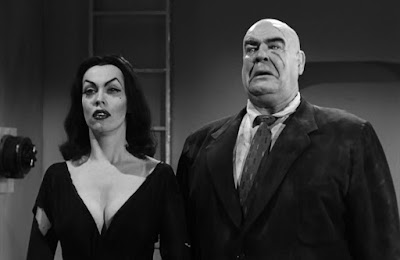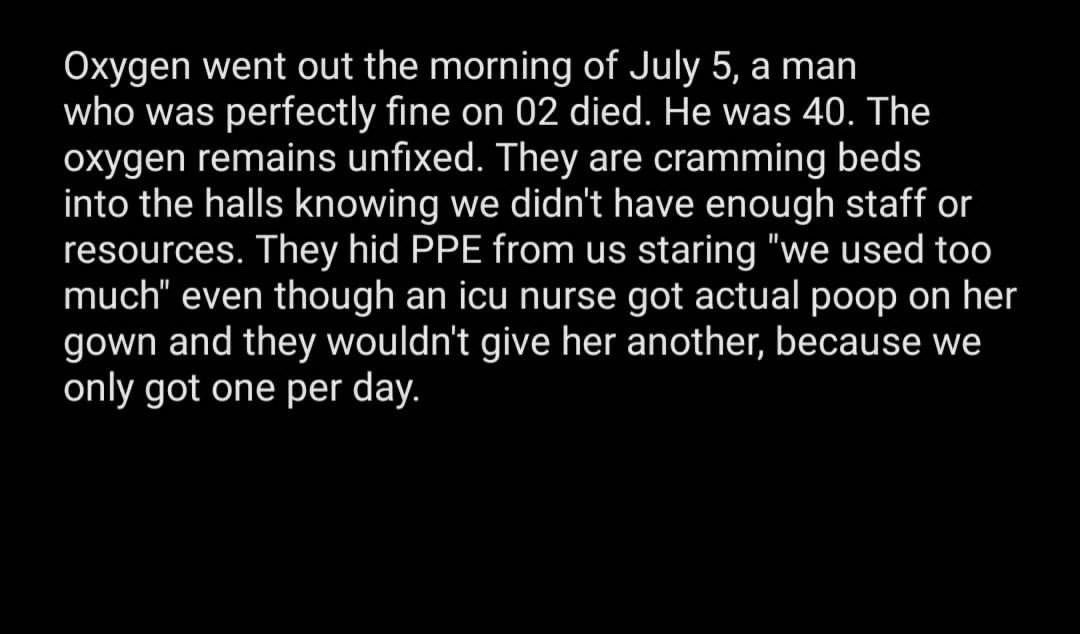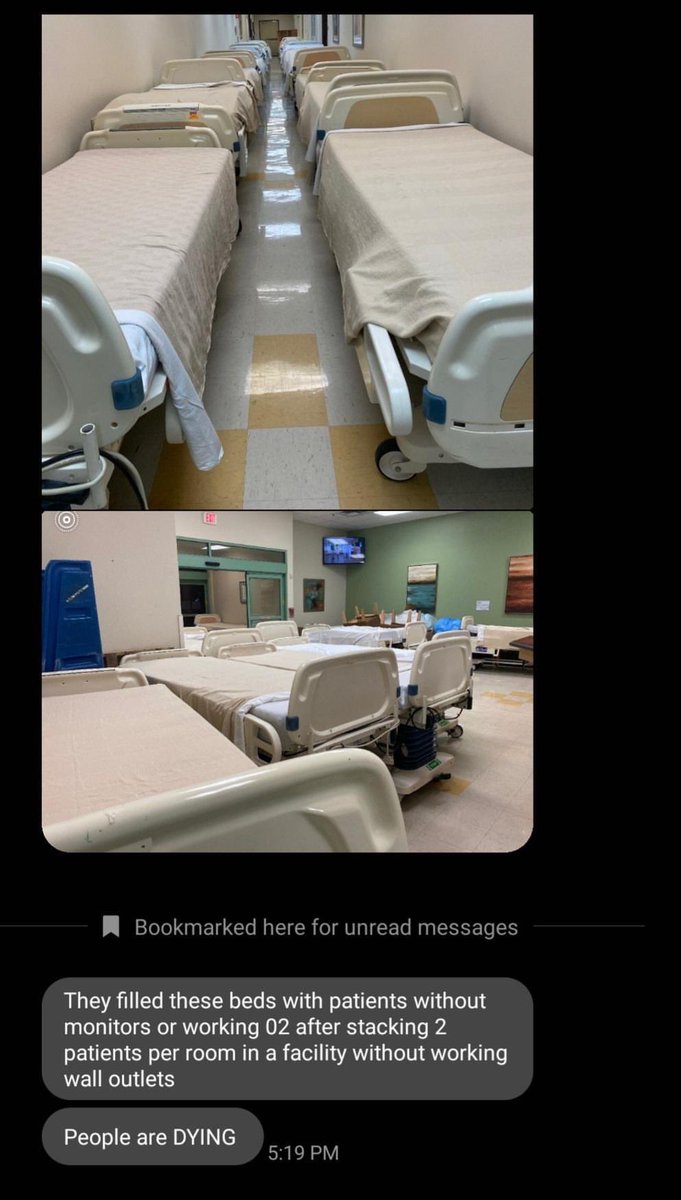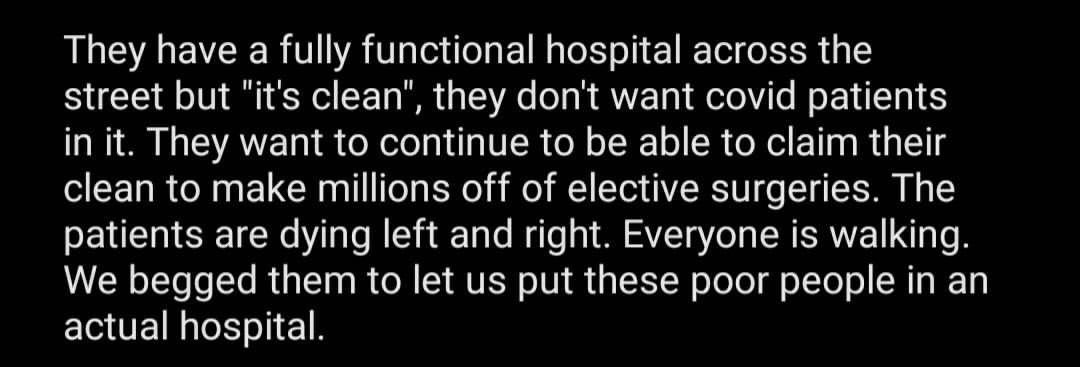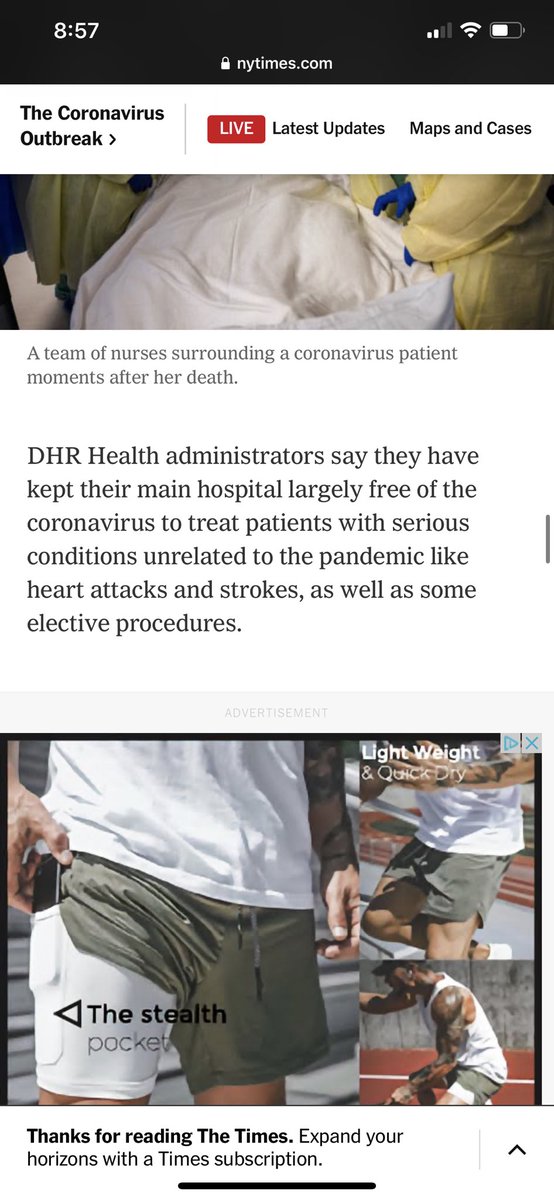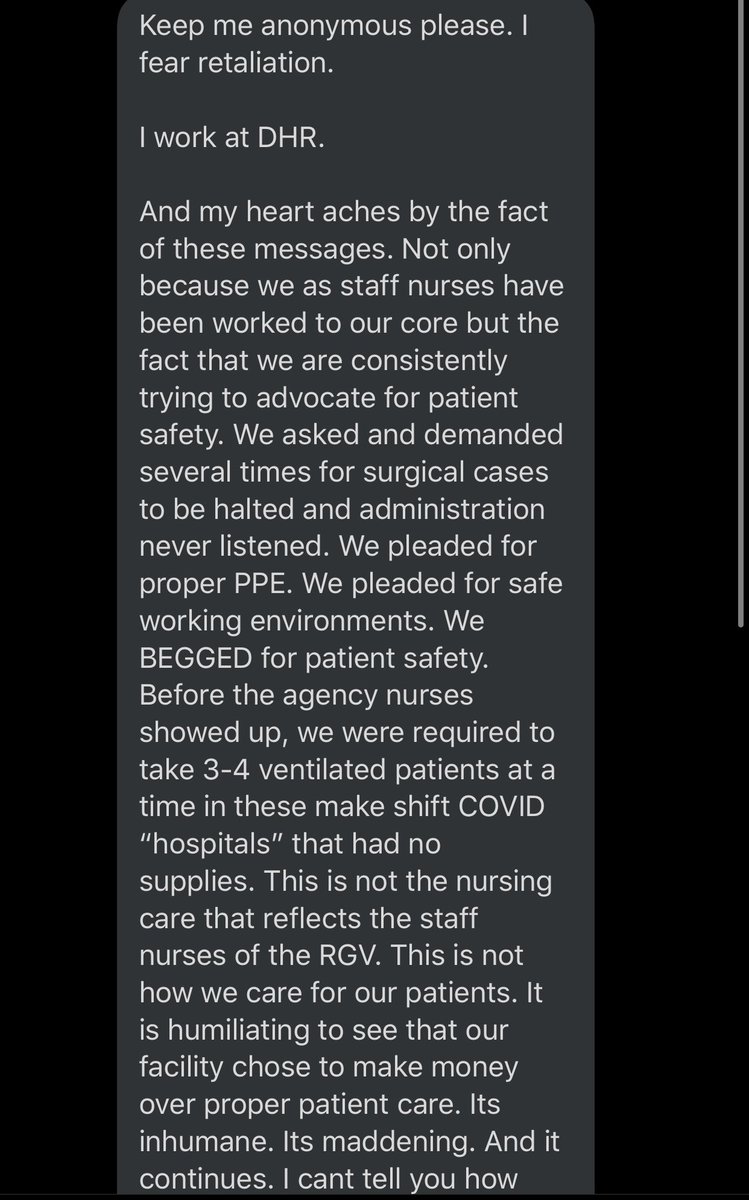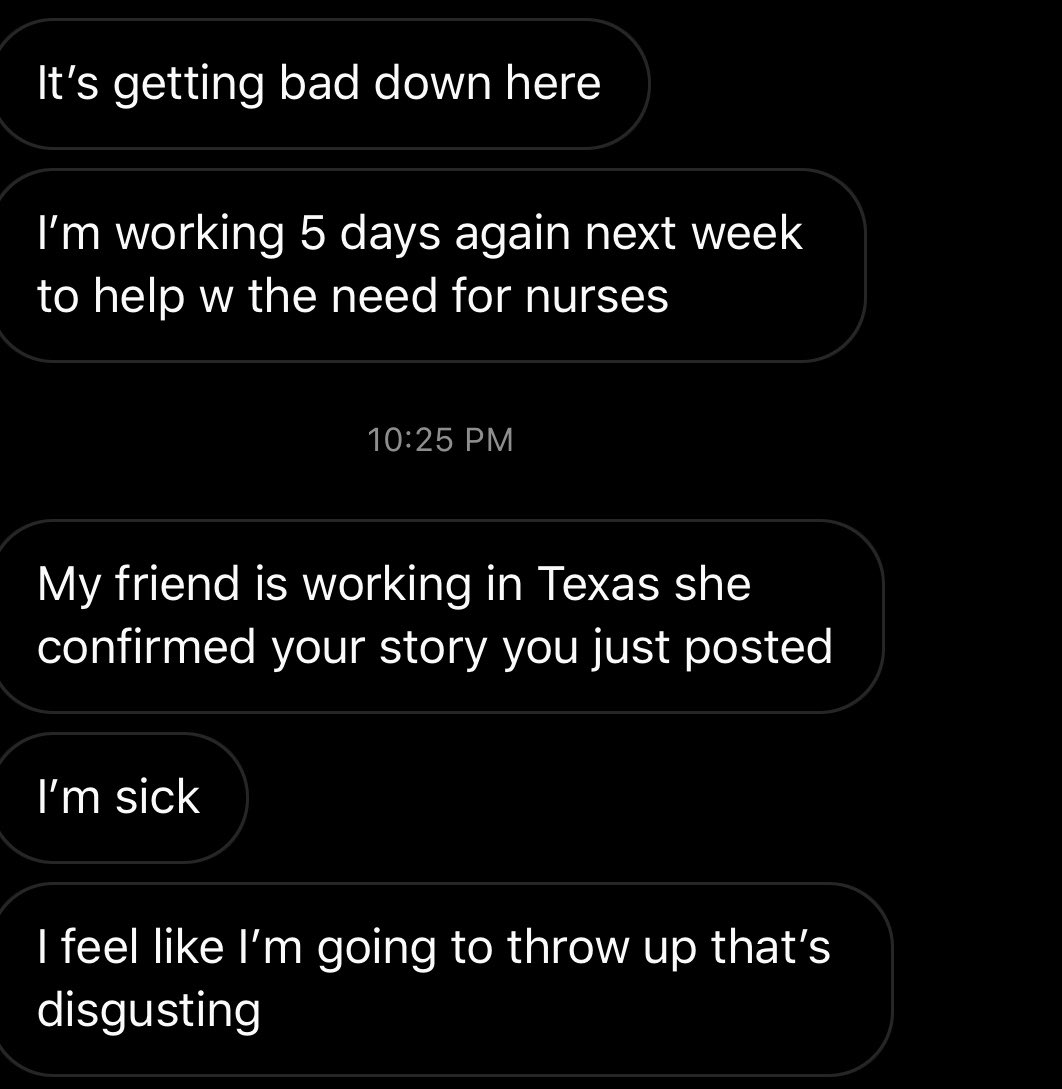Last week, I gave a live online presentation for Plant Biology and watched a lot of recorded presentations at the Animal Behavior Society virtual meeting. Based on those experiences, here are some suggestions for how to crush your next Zoom presentation.
1. Don’t use the keyboard to advance slides. Many presenters are recording themselves talking with their device's built in microphone. These mics are very sensitive to sound transmitted through the computer, like keystrokes. I heard many presentations where audible “ka-thunk” sounds punctuated the talk every time a slide advanced. It is both distracting and can obscure what the presenter is saying.
If you must use a keyboard for some reason, use the lightest tough possible. But using a mouse or setting up your slides to auto advance is much better.
2. Place your camera carefully. Most laptop cameras are wide angle and are placed so low that viewers seeing your ceiling more than you. Some people are so close, or the camera is so poorly positioned, that viewers can’t even see all of the face. You get better images by placing a laptop on a couple of thick books (textbooks are about the right height) or a thin cardboard box, and pushing it back further from you than your usual typing distance. (When you’re the featured speaker in a Zoom presentation, you shouldn’t be typing anyway.)
3. Look at the camera, not the screen – especially when presenting. Humans are insanely good at judging where other people are looking. To create that sense of personal connection, you want people to feel like you are looking straight at them. You can’t get the when you are looking down at the other participants’ images.
My laptop has a little light that comes on when the camera is recording, so I just look at the light. If your camera does not light up, put a sticky note next to the camera with a note that says, “Look here!”
4. Keep your energy levels up. There are so many distractions when people are online. A low key, “drawn people in” approach can be very effective in person, but will probably fail in an online setting. You need to be one step shy of bouncing off the walls to keep viewers watching you and not checking their email.
5. Gesture beside your head, not in front of it. Cameras love movement. Zoom is a visual medium, like television. But unlike television, webcams in computers are (as mentioned) very wide-angle, and anything that approaches the camera – like your hands – shows up huge, like looking through a door security lens. You don’t want your fingertips bigger than your face.
If you want to use your hands for emphasis, which is a good idea, raise them up by the side of your face so that they look the right size. This can feel weird at first, but with a bit of practice, brings a lot of visual interest to a presentation.
(I think I might have first heard this tip from Carin Bondar.)
6. Make a custom Zoom background. This is what slides in my PowerPoint deck looked like:
Blues and whites. Hand-written font (
Ready for Anything from Blambot) for headings and Corbel font for body.
I made a Zoom background specifically for the presentation, using the same colours and fonts, and added my Twitter handle and conference hashtag. (In retrospect, the hashtag might be a bit bigger.) It is just a nice touch to tie everything together.
I got quite a few new followers after the talk, so maybe the background helped. I had my Twitter handle on my first and last slides, too, so hard to say what was most effective.
If you do this, remember you will be roughly in the center and any video of other speakers will most likely be on the right. A background with the focal point right in the middle is kind of a waste, because your face will cover it.
7. Wear headphones. I am surprised that after so many months, I am still hearing feedback and audio howlaround from people in a Zoom meeting not wearing headphones. If you are not wearing headphones, the computer plays the sound through the speakers, which is picked up by your mic, broadcast to the meeting, then played through your speakers and picked up by the mic again. If you are the only one speaking and nobody will ask you questions, this might not happen. But if you’re not taking questions, why are you having a Zoom meeting instead of recording a YouTube video?
If it’s just a regular old meeting, you probably
don’t need to take these steps. But if you are the invited speaker at a
conference, you want to class it up and do more than the bare minimum.

